Range
All Range Content

SDSU Extension welcomes new Range Field Specialist
October 24, 2023
South Dakota State University Extension is pleased to welcome Kaylee Wheeler as a new Range Field Specialist. She will be based out of the SDSU Extension Pierre Regional Center.
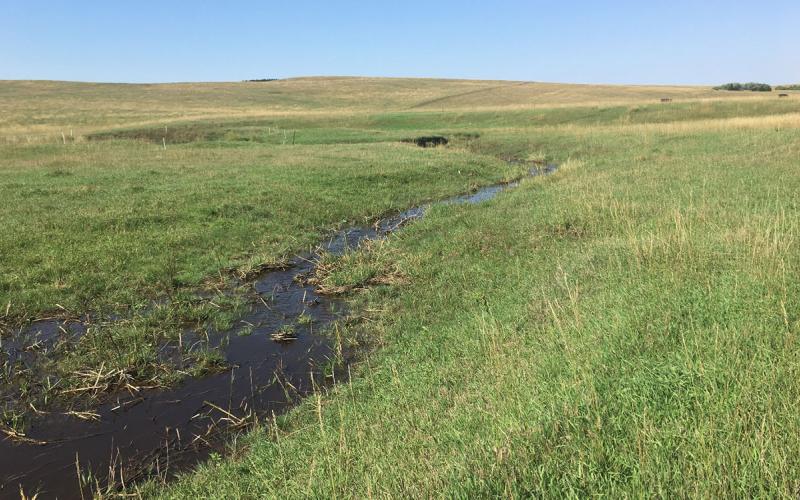
Fall Grazing: A Cautionary Tale
It is very tempting to graze new, green cool-season grasses when pastures are dry most of the summer. However, caution should be taken to not overgraze this green-up.
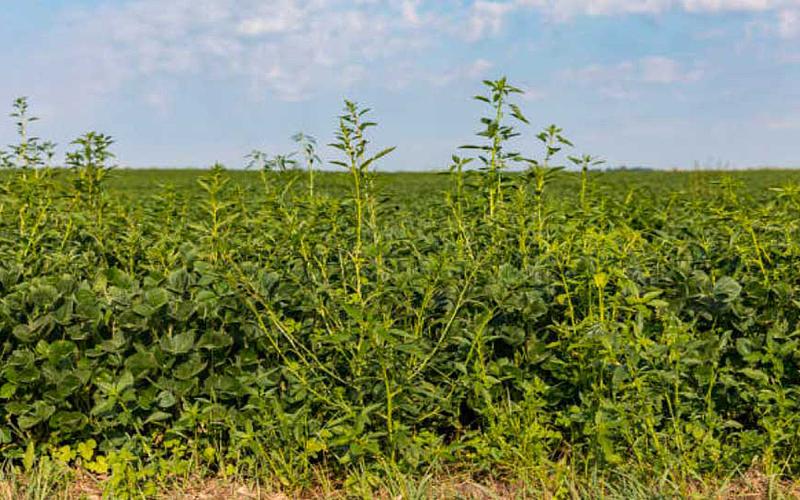
Row Crop and Noxious Weed Surveys
Controlling noxious weeds and weeds in row crops is a challenge every year. SDSU Extension has created two online surveys to capture the current climate of weed control in South Dakota.
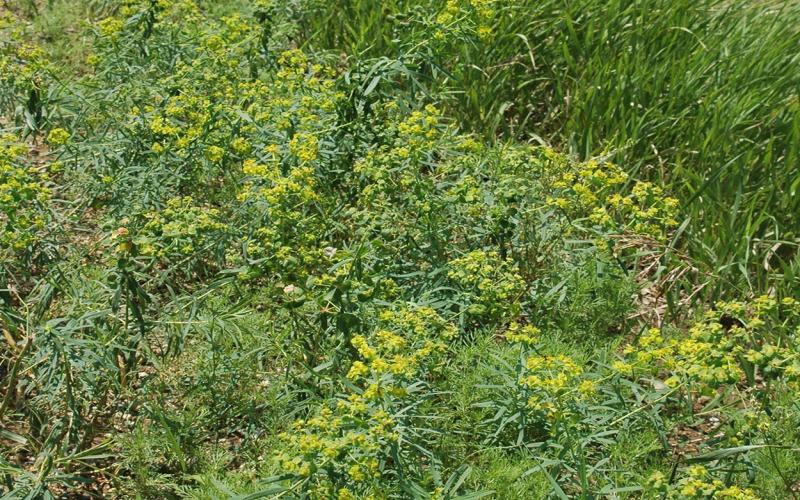
Leafy Spurge Control in the Fall
Leafy spurge is a difficult-to-control, noxious weed in South Dakota. Spring and fall herbicide applications are critical for leafy spurge management.
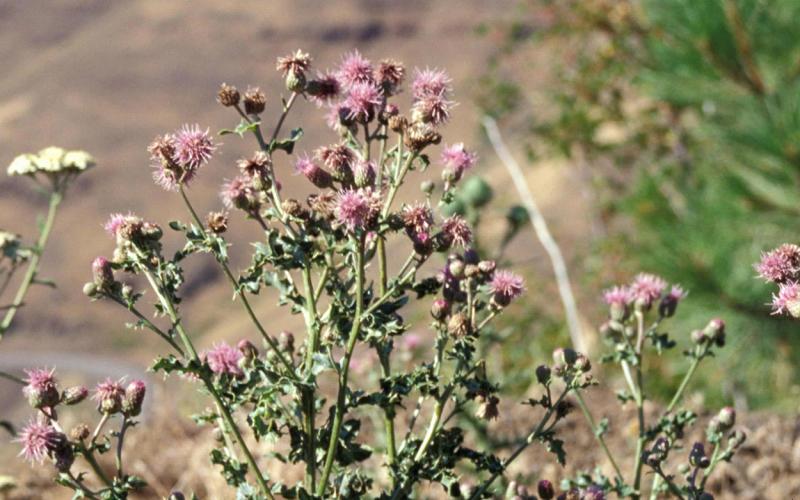
Canada Thistle Control in the Fall
Canada thistle begins to transport assimilates and nutrients down its roots in the fall to survive the winter months. Now is the time to consider a fall herbicide application to keep it under control.
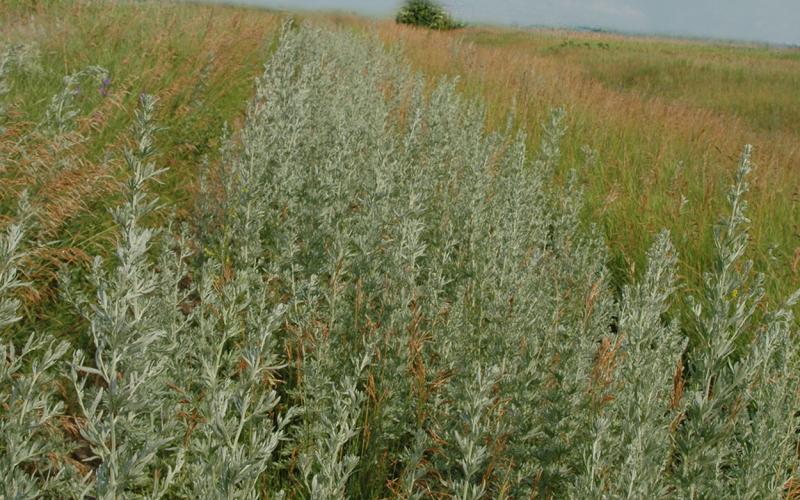
Absinth Wormwood Control in the Fall
Absinth wormwood is a difficult-to-control, noxious weed in South Dakota. Now is the time to consider fall applications for absinth wormwood control.
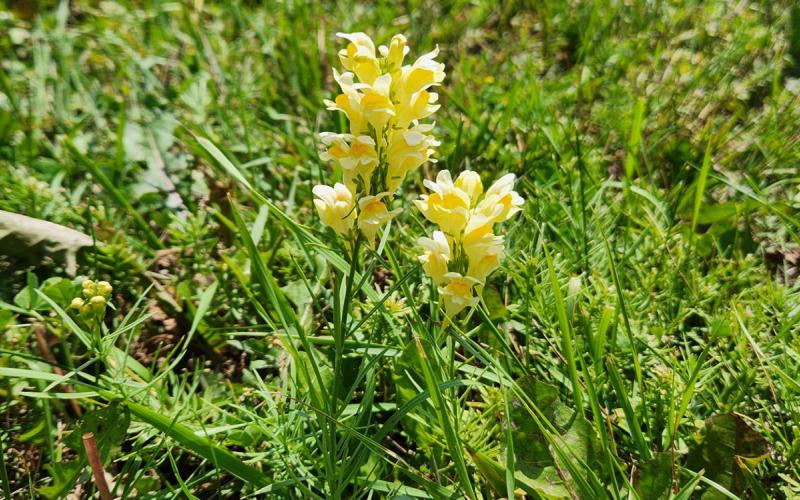
Yellow Toadflax Control
Yellow toadflax is a short-lived perennial plant that infests pasture and rangeland. If not controlled, it can displace native plant species and increase the potential for soil erosion. Learn some tactics for managing it.
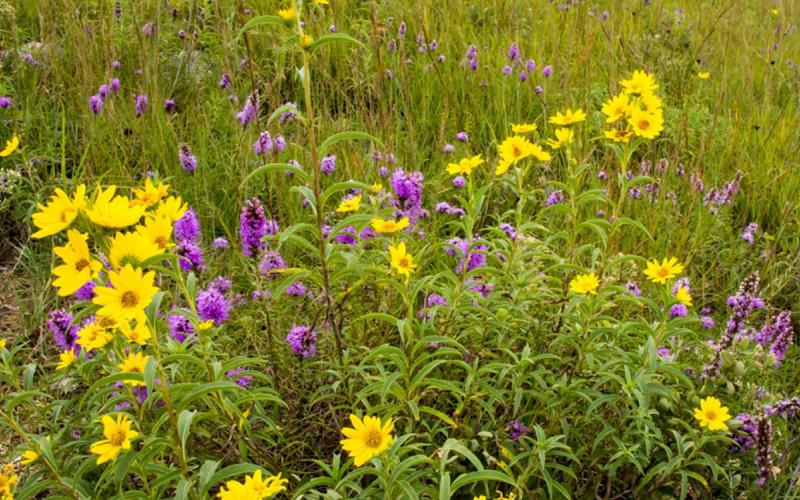
A Guide to Collecting, Pressing, and Mounting Plants
Fact sheet on collecting, pressing and mounting plants
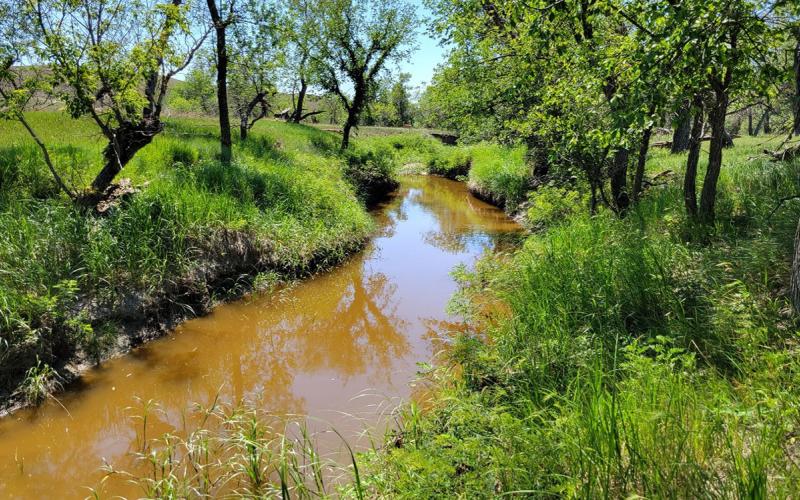
SDSU Extension offers workshop on riparian restoration on Sept. 5 in Newell
August 09, 2023
South Dakota State University Extension is partnering with The Nature Conservancy to offer a free, one-day workshop on riparian restoration.
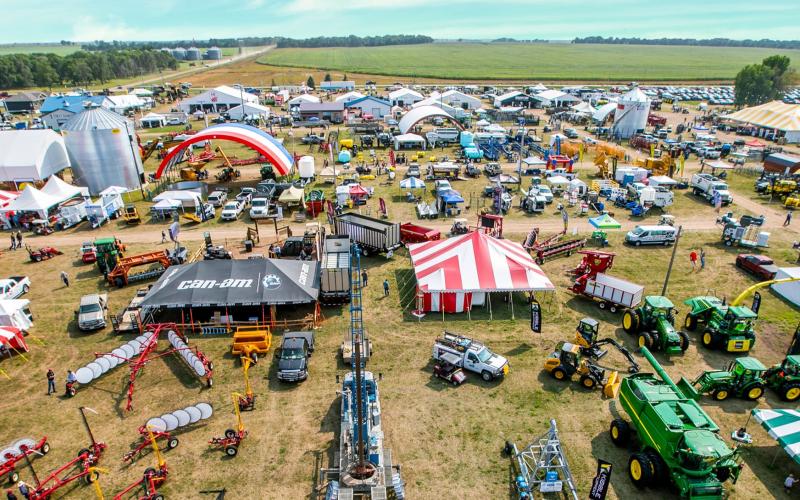
SDSU Extension booth at 2023 Dakotafest to feature livestock, soil and range experts
August 07, 2023
South Dakota State University Extension experts will be at the 2023 Dakotafest to provide information on a range of agricultural and economic issues, from the use of prescribed fire to livestock to weed and soil management.